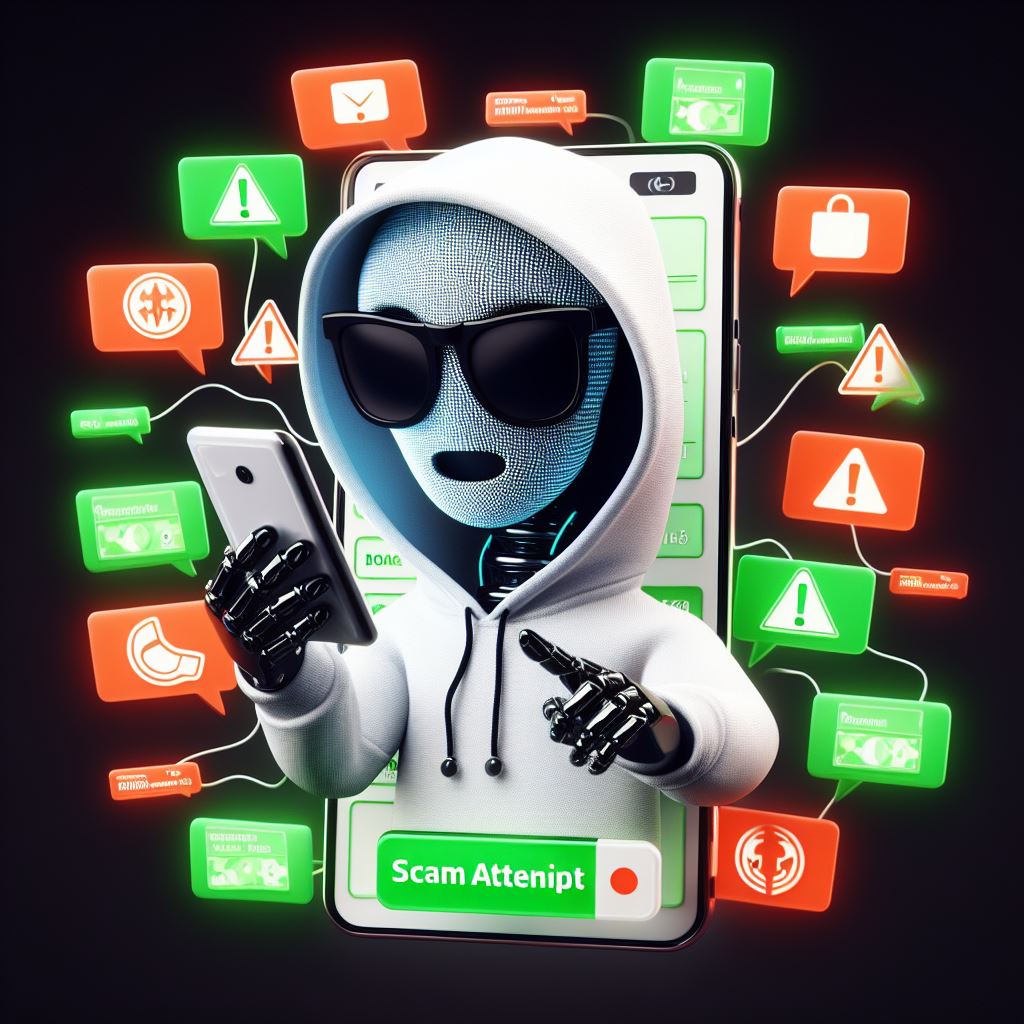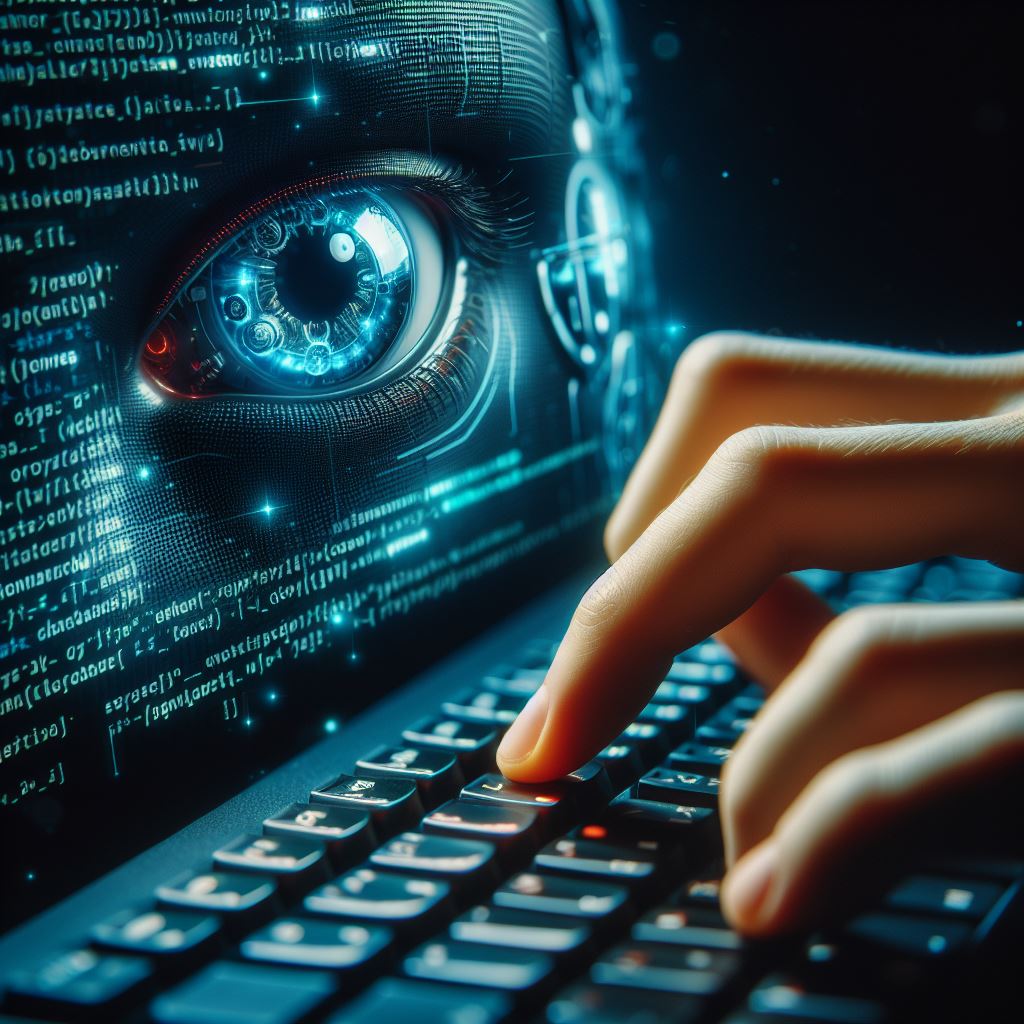Artificial intelligence, once the stuff of science fiction, has woven itself into the fabric of our daily lives. It personalizes our news feeds, recommends our purchases, and even drives our cars. Its power to analyze, predict, and optimize is undeniable. But in the shadows, where ambition outpaces ethics, this very prowess is being twisted into a potent weapon for a different kind of intelligence: criminal intelligence.
Want to know more about our Tech Solutions? Visit us at www.nesesho.com
AI-powered fraud isn’t about clumsy phishing emails or pixelated fake websites. It’s a meticulously choreographed ballet of algorithms, exploiting the ever-growing vulnerabilities of our hyper-connected world. Take, for instance, the rise of “deepfakes.” These AI-generated video and audio forgeries can mimic anyone with uncanny accuracy, from CEOs endorsing nonexistent products to celebrities embroiled in fabricated scandals. Imagine the chaos sown by a deepfake video swaying investors or inciting political unrest.
Deepfakes are just the tip of the iceberg. AI can now generate synthetic identities so convincing they pass through even the most stringent human verification. These phantom personas can then be used to open bank accounts, apply for loans, or even manipulate stock prices. The possibilities are chillingly diverse, limited only by the creativity of the fraudsters.
But it’s not just impersonation that AI excels at. Its analytical prowess lets it glean patterns and insights from mountains of data, identifying the weak links in our financial systems, security protocols, and even our psychology. Scammers can use this knowledge to target specific individuals or groups with personalized con games, exploiting their financial anxieties, emotional vulnerabilities, or even cultural biases.
The human element, however, remains a crucial factor. AI may orchestrate the elaborate dance of deception, but it needs dexterous human partners to translate its insights into concrete action. These “operators” often possess technical expertise and a deep understanding of the dark web, the shadowy marketplace where stolen data and illicit tools are traded. They act as the bridge between the cold logic of machines and the messy reality of human manipulation.
This unholy alliance, between the calculating power of AI and the cunning instincts of human cons, presents a formidable challenge. Traditional methods of fraud detection, built on static rules and human intuition, are often woefully inadequate against these dynamic, data-driven attacks. Catching these AI-powered scams requires a paradigm shift, a fusion of human ingenuity and tech-savvy countermeasures.
So, how do we outsmart the machines that outsmart us? The answer lies in a multi-pronged approach. First, we need to invest in research and development of AI-powered anomaly detection systems, capable of learning and adapting to the ever-evolving tactics of fraudsters. Second, we must prioritize cybersecurity awareness, educating individuals and businesses about the evolving landscape of AI-driven scams. Third, fostering international cooperation between law enforcement agencies, tech companies, and financial institutions is crucial to dismantle the networks of human operators orchestrating these complex schemes.
Finally, we must remember that AI, despite its potential for mischief, is ultimately a tool. Its inherent power can be harnessed for good, just as easily as it can be misdirected towards nefarious ends. The decision lies with us, with the humans who wield this tool. We can choose to let it manipulate and deceive, or we can choose to harness its power to build a more secure, transparent, and equitable digital future. The choice is ours to make, and the stakes couldn’t be higher.
The battle against AI-powered fraud is just beginning. It’s a constant dance between innovation and counter-innovation, a test of our ingenuity and resilience in the face of increasingly sophisticated deception. But by recognizing the vulnerabilities AI introduces, investing in protective measures, and fostering trust through collaboration, we can ensure that the brilliance of AI doesn’t become the shadow economy’s brightest weapon. We can reclaim the narrative, making sure that the story of AI in the 21st century is not one of greed and manipulation, but one of human triumph over technological darkness.
Want to know more about our Tech Solutions? Visit us at www.nesesho.com



